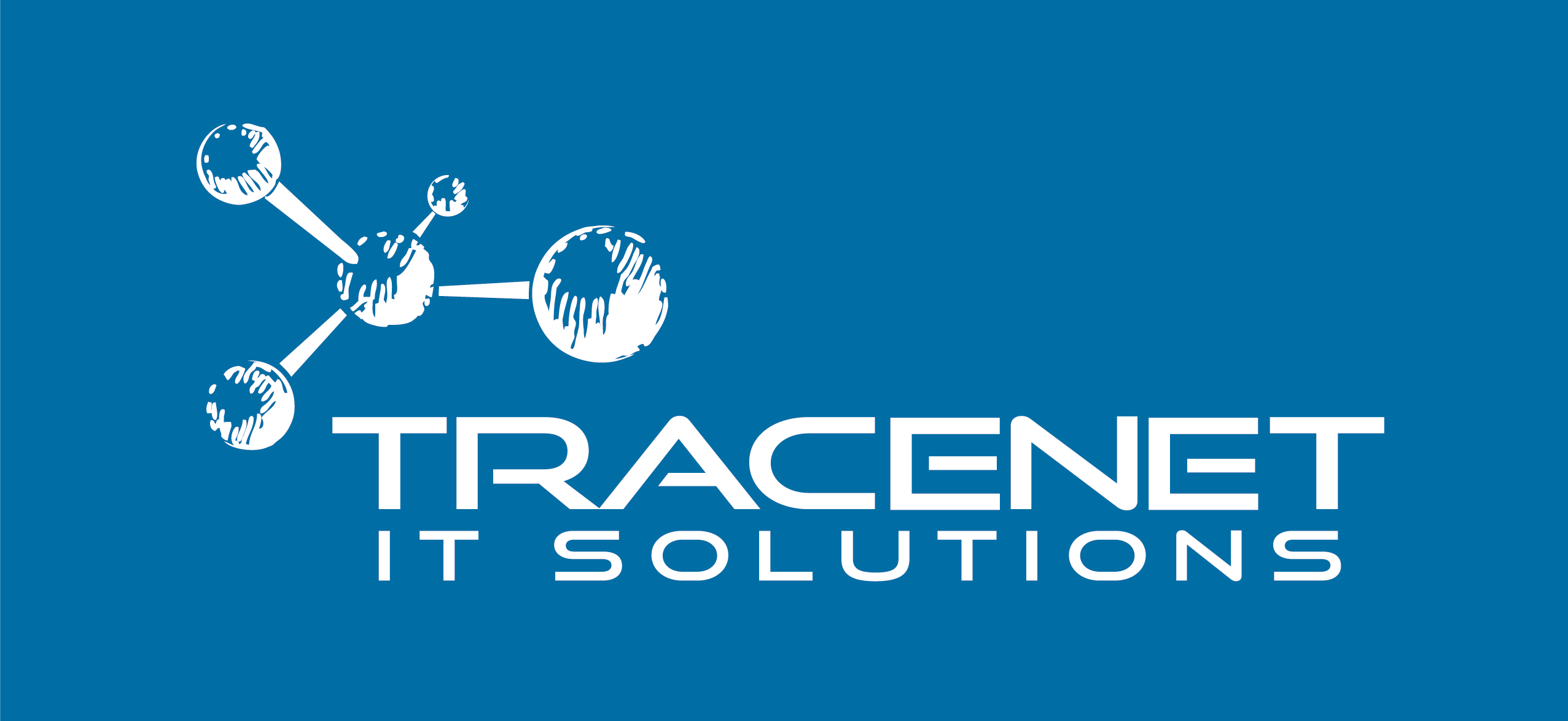In recent years, the growing digitalization of services, the expansion of the Internet of Things (IoT) and the need for low latency in data transmission are driving a major change in computing architecture.
Edge Computing has therefore emerged as an essential solution for dealing with the limitations of traditional cloud computing, bringing data processing closer to its source of generation.
Throughout this article, we explore the reasons why Edge Computing is revolutionizing the sector and its importance for the future of information security. Check it out!
What is Edge Computing?
Edge Computing is a distributed computing model in which data processing takes place close to the collection source, rather than relying exclusively on a centralized data center.
In this way, devices such as IoT gateways, local servers and regional data centers take over part of the processing before the data is sent to the cloud.
This approach improves bandwidth efficiency and increases system reliability. According to an IDC report, by 2025, 75% of corporate data will be processed outside of traditional data centers or the cloud, highlighting the growth and relevance of this technology.
Why is Edge Computing necessary?
Edge Computing’s versatility makes it applicable to various segments, enabling greater efficiency, security and speed in data processing.
By bringing computing power closer to the user or device, this technology reduces network bottlenecks and optimizes the use of resources, making it an essential solution for companies and organizations that need high performance and reliability.
Many sectors, such as manufacturing, healthcare and autonomous vehicles, depend on real-time responses. Processing at the edge significantly reduces response times, enabling instant decisions.
A Gartner study estimates that latency in Edge Computing systems can be reduced by up to 90% compared to the traditional cloud. In addition, sending large volumes of data to the cloud can be expensive due to bandwidth consumption and storage costs.
With Edge Computing, only essential data needs to be transmitted for remote processing, significantly reducing operating costs.
In addition, the decentralization of data reduces the risks associated with massive cyber attacks against servers in the cloud. By processing sensitive information locally, companies can better comply with privacy regulations such as the LGPD and GDPR.
According to Statista, around 30% of companies that have adopted Edge Computing report greater security and protection against data breaches. Cloud-based systems alone can suffer interruptions due to connection failures.
With Edge Computing, local devices continue to operate even if there is a temporary loss of connection to remote servers, guaranteeing continuity in critical processes.
Edge Computing use cases
Edge Computing is being adopted in various sectors to optimize processes and ensure greater operational efficiency. Below we highlight some of the main applications.
- Digital health and telemedicine
The use of Edge Computing enables real-time monitoring of patients, local processing of data from medical devices and reduced latency in AI-assisted diagnoses.
In smart hospitals, IoT devices collect vital signs and alert medical professionals to abnormalities in real time.
- Autonomous vehicles and urban mobility
Autonomous cars rely on ultra-fast decisions based on sensor data. Edge Computing allows these decisions to be processed locally, ensuring safety and efficiency in traffic.
Companies like Tesla and Waymo are already using Edge Computing to improve their autonomous driving systems.
- Industry 4.0 and intelligent manufacturing
Edge Computing enables predictive monitoring of machines, preventing failures and optimizing production. According to McKinsey, adopting this technology can reduce operating costs by up to 20%.
- Smart cities and urban infrastructure
Smart cities use Edge Computing for traffic monitoring, energy management and public safety. Security cameras and traffic sensors process information locally, enabling fast and effective responses.
Edge Computing challenges
Despite the numerous advantages offered by Edge Computing, its implementation and adoption still present considerable challenges. One of the main obstacles is the complexity of implementing this technology.
As it involves the creation and maintenance of a distributed infrastructure, companies need to carry out detailed planning and constant monitoring of devices and networks to guarantee the system’s efficiency.
Currently, there is no universal standard for Edge Computing, and different suppliers offer varied solutions that are not always compatible with each other. This can make interoperability between devices and platforms difficult, requiring additional investment in customization and adaptation.
Distributed security is also a key concern. Although local data processing can reduce the risks of centralized cyber-attacks, distributed devices can become vulnerable targets if they are not properly protected.
Ensuring security in Edge Computing involves adopting advanced encryption, multi-factor authentication and strict access management policies. In addition, the decentralization of data can create regulatory challenges, since different jurisdictions have different rules on the storage and processing of sensitive information.
While traditional cloud computing delegates most of the processing to robust data centers, Edge Computing requires that local devices have enough computing power to process the data without compromising performance. This can require additional investments in specialized hardware and high energy consumption.
Finally, there is the challenge of maintaining this distributed infrastructure. Unlike centralized data centers, where hardware and software management can be done in a more controlled manner, geographically dispersed devices need efficient monitoring and remote maintenance strategies.
The Future of Edge Computing
The evolution of Edge Computing is directly linked to the advance of 5G networks, AI and blockchain. The global Edge Computing market is expected to reach US$ 250 billion by 2030, according to Markets and Markets.
Companies that invest in this technology now will be one step ahead in the digital transformation, ensuring greater security, efficiency and competitiveness.
Finally, Edge Computing represents a revolution in the way we process and manage data. With its advantages in low latency, security and operational efficiency, this technology is essential for the future of IT.



